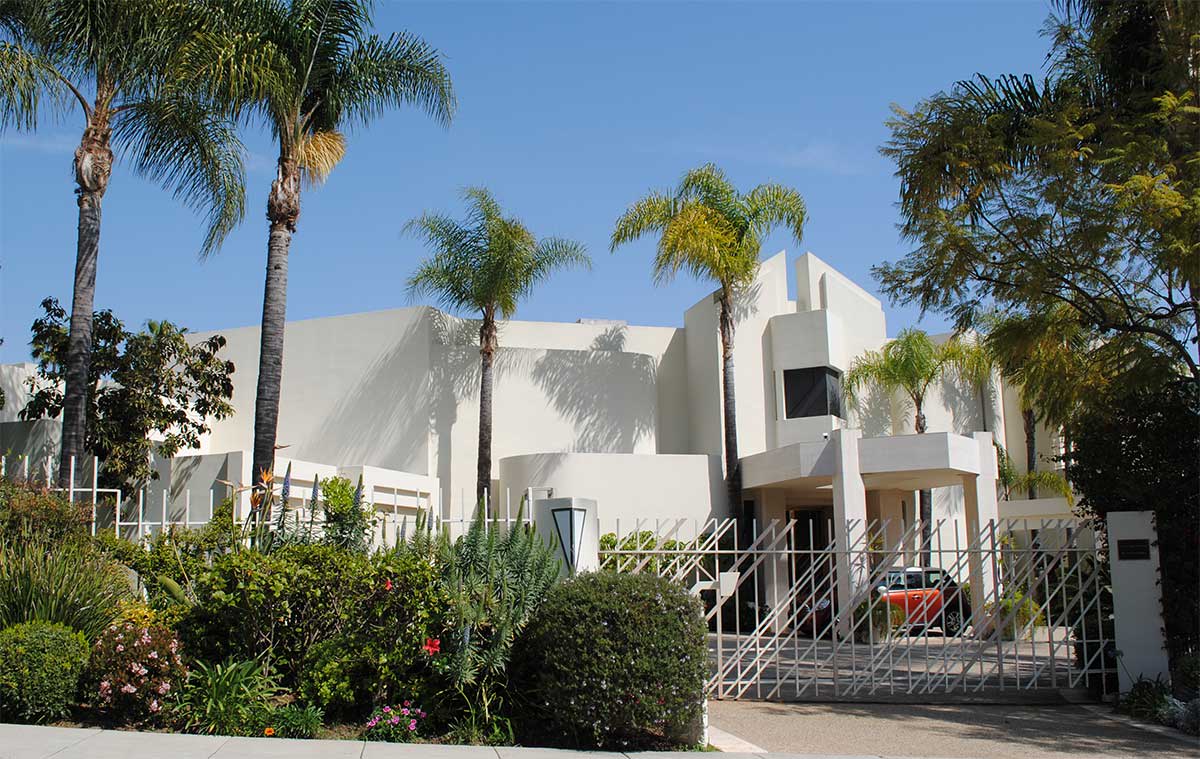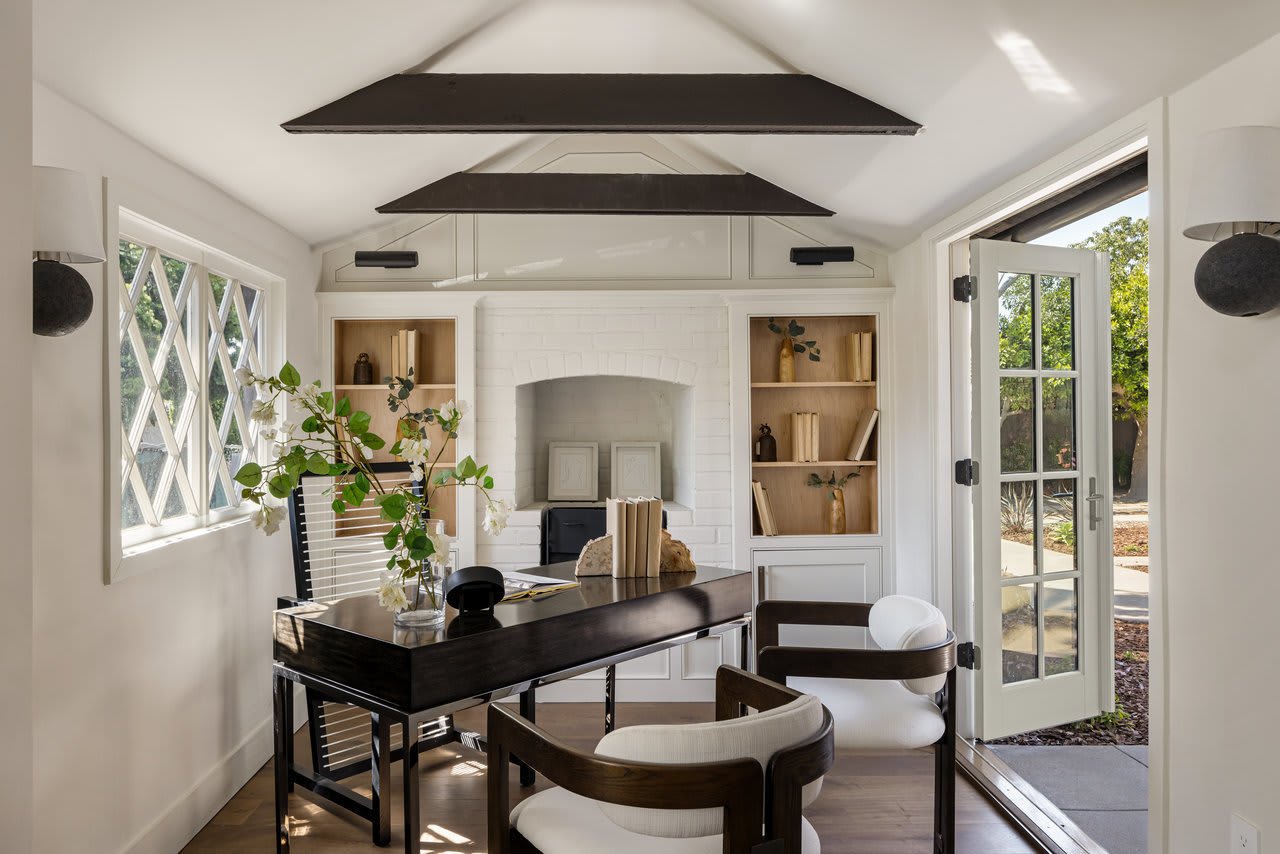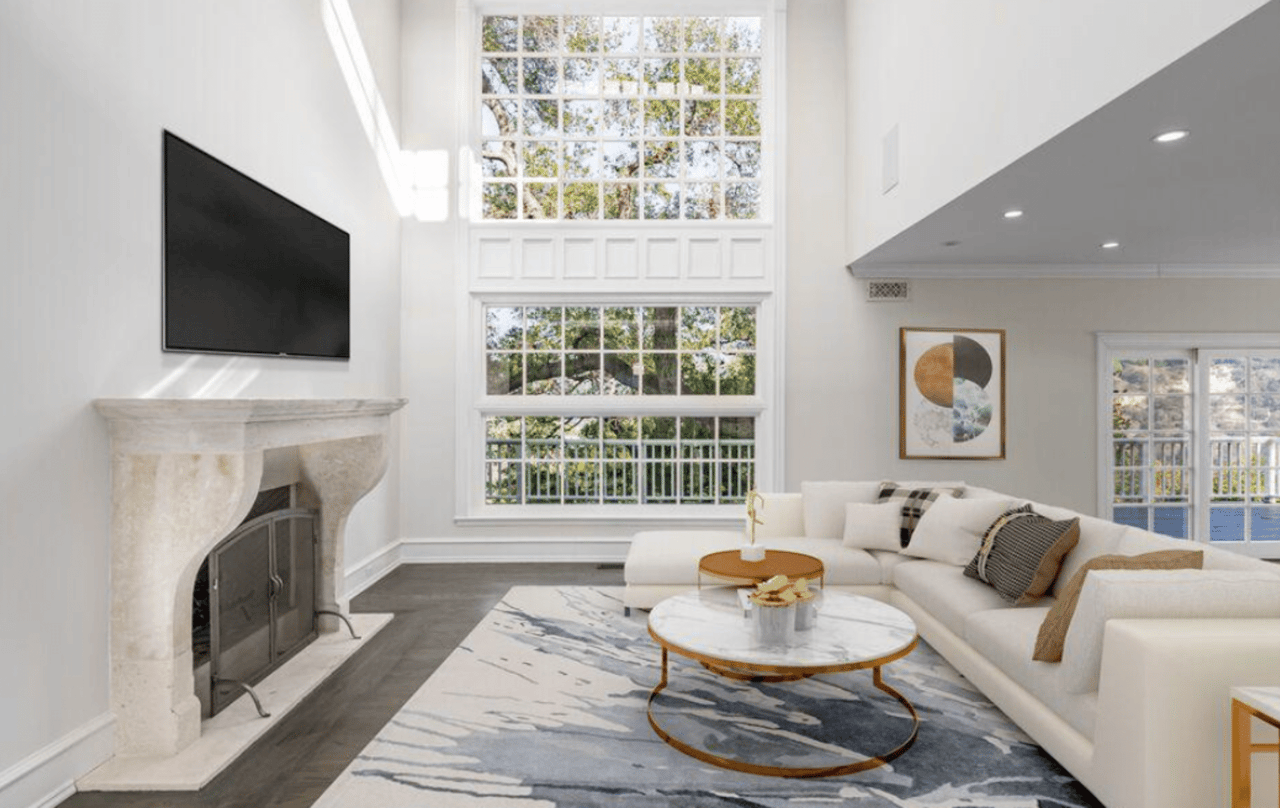Although there are examples of Postmodern design that date from as early as the 1950s, the movement really achieved momentum in the early 1970’s. The term Postmodernism is really quite broad, including many types of houses, ranging from contemporary homes closely related to the International Style, to modern “takes” on traditional revival styles.
One of the most important architects of the Postmodern movement is Robert A.M. Stern. In the introduction to his Rizzoli published Buildings and Projects 1981-1986, he sums up his philosophy, or perhaps “non-philosophy”, and it stands in very stark contrast to the earlier quote attributed to Craig Ellwood:
Enduring art cannot be founded on a negative statement. Art requires an assertion of belief. Yet the age of architectural ideology is over. There are no rules; only choices and inventions. What is left as a design process is the critical synthesis of what T.S. Eliot has suggested are the twin poles between which creativity oscillates: tradition and individual talent.” — Robert A.M. Stern.
Postmodernity in architecture is said to be heralded by the return of “wit, ornament and reference” in response to the didacticism of the International Style. Many architects and much of the public felt “modern” buildings were physically uncomfortable, and aesthetically limited. The intellectual rigidity, strict rules, and anti-historicism of the International Style are replaced in Postmodernism by an appreciation for a wider range of ideas and expression. Perhaps most obviously, architects re-embraced the expressive and symbolic value of architectural elements and forms that had evolved through centuries of building. Ornament returned to the facade, replacing the aggressively minimal modern styles.
Contextualism is centered on the belief that all knowledge is “context-sensitive”. The Stern quote above illustrates the idea that knowledge cannot be understood without considering its context. While noteworthy examples of modern architecture responded both subtly and directly to their physical context, postmodern architecture often addressed the context in terms of the materials, forms and details of the buildings around it—the cultural context. One can better understand Robert A.M. Stern vis-à-vis Craig Ellwood, within this contextual framework.
Returning to Wallace Neff, by the 1970s he was building houses that recalled some of his iconic earlier works. Both the 1968 Eugene Allen House and the Dr. Henry Singleton House (1970) in Holmby Hills are updated versions of the Joan Bennett house built 30 years earlier. Neff’s client’s desires for these homes is proof that great designs are indeed timeless, and a manifestation of the renewed acceptance of historical precedents.
Since the 1980s, there has been a neo-Modern movement in commercial buildings, but residential architecture has remained steadfastly conservative for the most part, with historically derived concepts the predominant form.
From our 21st Century vantage point, all these house styles, whether historically derived revival, International Style, Mid-Century Modern, or Post Modern, when well executed, indeed have great architectural value. I love them all.




